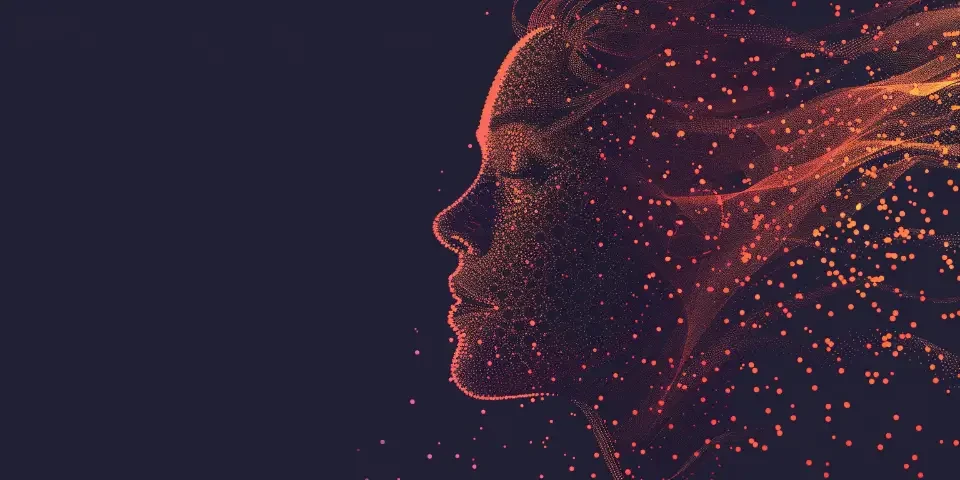AI for All How PeopleGPT Bridges the Gap in Accessible Technology
In recent years, artificial intelligence (AI) has brought about numerous advancements in various fields. One area where AI has the potential to make a significant impact is accessible technology. People with disabilities often face challenges in accessing information and technology, but with the emergence of AI-powered tools like PeopleGPT, these barriers are gradually being broken down. In this article, we will explore how PeopleGPT bridges the gap in accessible technology by providing innovative solutions for individuals with disabilities.
Enhancing Communication and Accessibility
One of the primary ways PeopleGPT improves accessible technology is by enhancing communication for individuals with disabilities. PeopleGPT leverages natural language processing and generation capabilities to understand and generate text-based content. This means that people can use PeopleGPT to communicate in various ways, including text-to-speech and speech-to-text conversions. Such functionality empowers individuals with hearing and speech impairments to engage in conversations and access information in a more inclusive manner.

Moreover, PeopleGPT can be integrated into communication devices, enabling real-time translation of spoken languages. This feature breaks down language barriers and helps individuals with hearing impairments or limited language proficiency to communicate effectively with others around the world.
Supporting Assistive Technologies
PeopleGPT also acts as a powerful support tool for existing assistive technologies. For instance, it can be integrated into screen readers to provide more comprehensive and contextually accurate information to individuals with visual impairments. By leveraging its vast knowledge base, PeopleGPT can describe complex images, graphs, and charts, thereby enabling users to better understand visual content.
Beyond screen readers, PeopleGPT can also integrate with other assistive technologies such as braille displays and haptic feedback devices. By generating text descriptions and converting them into braille or tactile feedback, PeopleGPT ensures that individuals with visual impairments are not left behind in the digital age.
Promoting Inclusive Education
AI technologies like PeopleGPT hold tremendous potential in promoting inclusive education. PeopleGPT can generate tailored content, including textbooks, learning materials, and interactive exercises, to accommodate various learning styles and accessibility needs. This enables students with disabilities to receive personalized education and access the same educational resources as their peers.
Furthermore, PeopleGPT's adaptive learning capabilities can provide real-time feedback and support to students, assisting them in overcoming learning challenges. For example, PeopleGPT can identify errors in written work and suggest corrections, helping students with learning disabilities improve their writing skills.
Facilitating Independent Living
AI-powered tools like PeopleGPT have the potential to revolutionize independent living for individuals with disabilities. PeopleGPT can be integrated into smart home automation systems, allowing users to control various aspects of their environment through voice commands. This enhances accessibility by reducing the dependence on physical interfaces and facilitating greater autonomy.
Additionally, PeopleGPT can assist individuals with cognitive impairments in daily living tasks. It can provide reminders for medication schedules, help with creating to-do lists, and even offer step-by-step guidance for cooking or other activities. By simplifying complex processes and augmenting memory, PeopleGPT promotes independence and improves the overall quality of life for individuals with disabilities.
Ensuring Ethical and Inclusive AI
While AI technologies like PeopleGPT offer immense potential, it is crucial to ensure their ethical use and inclusivity. OpenAI, the organization behind PeopleGPT, acknowledges the importance of addressing biases and ensuring fairness in AI systems. They actively gather user feedback and work towards reducing biases and improving the system's responses.
Moreover, OpenAI actively collaborates with individuals from diverse backgrounds and disabilities to gather insights and incorporate their perspectives in the development of PeopleGPT. This inclusive approach ensures that the technology caters to the unique needs and requirements of individuals with disabilities, leaving no one behind in the pursuit of accessible technology.
Frequently Asked Questions:
1. How does PeopleGPT improve communication for individuals with disabilities?
PeopleGPT leverages natural language processing and generation capabilities to enable text-to-speech and speech-to-text conversions. This allows individuals with hearing or speech impairments to communicate effectively with others.
2. Can PeopleGPT help individuals with visual impairments access visual content?
Yes, PeopleGPT can be integrated into assistive technologies like screen readers to provide text descriptions of complex visual content, enabling individuals with visual impairments to better understand the information.
3. How does PeopleGPT support inclusive education?
PeopleGPT can generate tailored educational content and provide personalized feedback to accommodate different learning styles and accessibility needs. This promotes inclusive education by allowing students with disabilities to access the same resources as their peers.
Explore your companion in WeMate